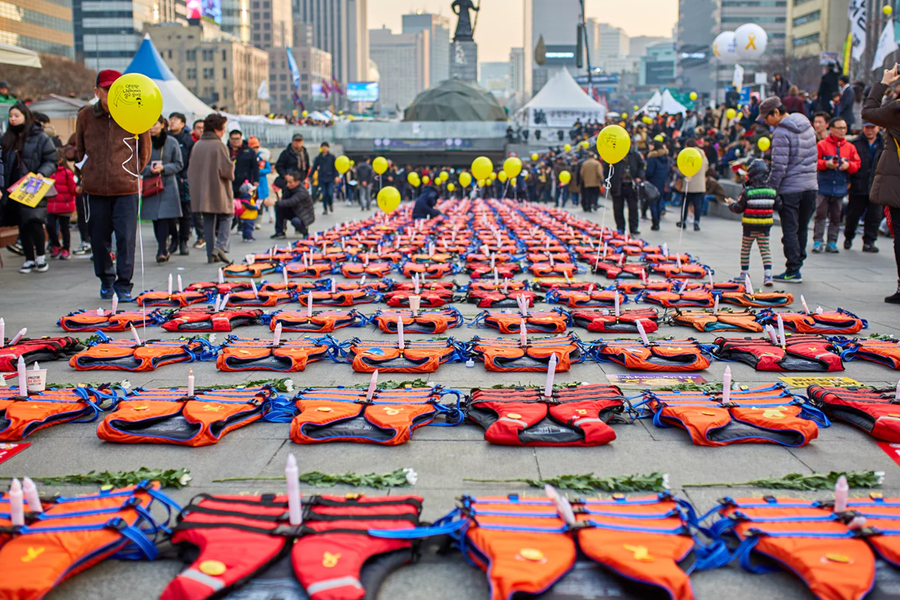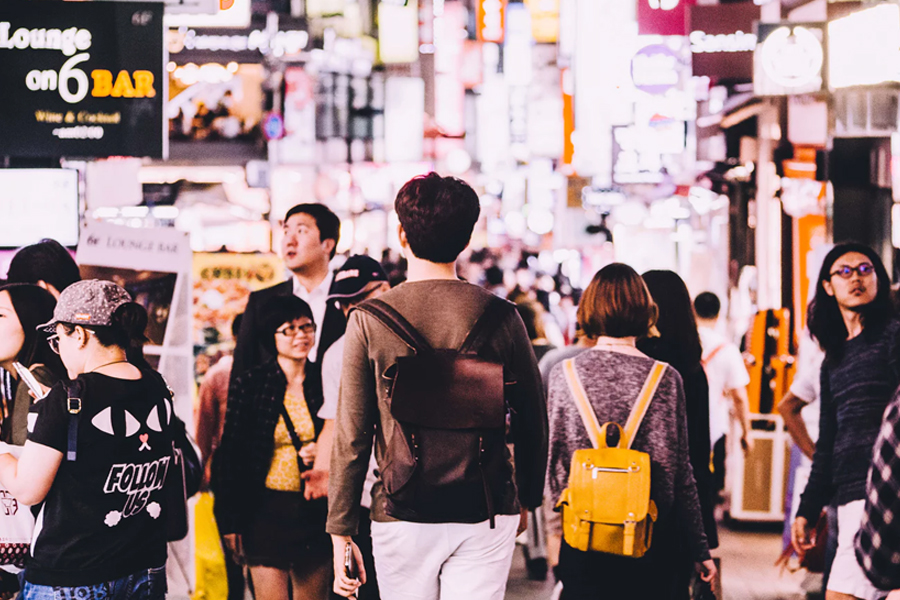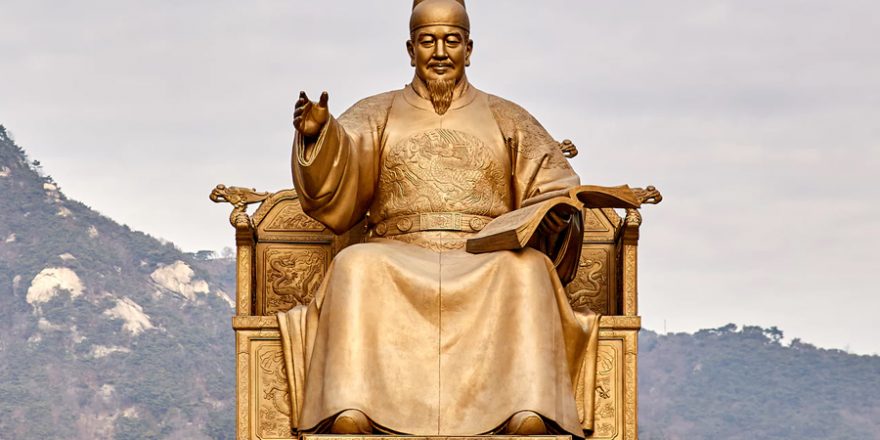From One to Two: The Political Reform That Built South Korea
South Korea, as the world knows it today, is one of the more economically successful countries in South East Asia. It was not always so. Today, we take a look at the political reform that built South Korea.
South Korea’s History
Upon the earliest records of their history, South Korea was once one of three kingdoms. These three kingdoms were called Silla, Baekje, and Goguryeo. These three kingdoms were unified under the highly militaristic kingdom of Goguryeo. However, if there was anything that history taught us militaristic might is not the only way to conquer a nation.
The kingdom of Silla was considered to be the smallest and weakest in terms of economics and military might. However, what they did have was something that Littlefinger of Game of Thrones would be proud of: scheming and diplomacy. Silla allied itself with larger nations like Tang China. This was the period when the once three kingdoms entered into a period of prolonged unification.
There was significant progress in terms of the stability and prosperity of the unified kingdom. However, it later decayed with the reemergence of the kingdoms of Baekje and Goguryeo. The concept of three kingdoms once again came to be until it was through a descendant of the Goguryeo nobility brought about another call for unification.
If you are wondering how a prosperous kingdom was brought to its knees, you will find the usual suspect: invasion. The Mongols continued to launch raids and sieges over the span of thirty years which led to a battered and severely weakened kingdom.
Who Were Involved in the Political Reform?

We fast forward to several hundreds of years later and the world is coming down from the brink of WWII. Japan had taken over a multitude of countries in the South East Asia. Following the two Atomic Bombs that were dropped on Hiroshima and Nagasaki, their emperor had surrendered his empire to the Allied Powers.
The Allied Powers, the UN, China, and Russia were in talks over what to do with Korea. During the time that Japan had full control of Korea, it used the southern part of the country for the primary agricultural needs to sustain their forces and to send back to Japan. The northern part of Korea was used heavily for industry and the production of war machines.
While there were agreements that Korea would be liberated, the Soviet Union marched swiftly into the north-eastern part of Korea and the US was quick to be anxious about the whole of Korea being subjected to Russian rule. That said, the US dispatched some men to secure the southern part of Korea and started talks for the security and supposed liberation of Korea as a whole.
However, what they agreed upon was a sort of “trusteeship” that put Korea under the command of the Allies, the Soviet Union, China, and even Britain. This trusteeship was supposed to last a maximum of five years. There was a massive outcry from many Southern Korean citizens that they be declared independent immediately.
The thing was there was the existence of the Korean Communist Party in the northern part of Korea that welcomed the trusteeship. This inevitably led to a deepened rift between the North and the South. It became so bad that it was eventually made it criminally punishable to cross the border between the two sides without the necessary papers of permission.
It was not until much later that several elections were attempted to be held in the Southern part of Korea. This was something that Russia vehemently rejected and tried to block. At the time, the Soviet Union still held the northern part of Korea. The US had urged the UN to intervene in order to get a form of government started in Korea.
While there was an election in the South, Russia and the Northern part of Korea maintained that regardless of the results, it was not binding. It was only around 1948 that the Republic of Korea was formed in the South and took control from the US. Around the same time, the North also held their own form of “elections” and the Democratic People’s Republic of Korea was born with Kim Il-sung as their prime minister.
How Did the Reform Affect their People?

The two Korean territories remain divided and at a constant state of passive war. The divide did not go quite well for both sides during the early onset of their respective government formations. There was a massive spate of rebellions and massacres in South Korea. One of them was the quelling of the Jeju Islanders.
For a large part of the South Korean history, they were relatively poor and were on shaky political standing. However, this did not last either. Now, South Korea is best known for their meteoric rise from one of the poorest economies to one of the best. It all started at around the 1960s where the manufacturing sector of South Korea started turning in massive profits.
This meant that South Korean citizens were experiencing a massive influx in employment opportunities which resulted in healthy finances that they diverted into infrastructure and education for the new generation. Other than their economy, the people of South Korea aimed to rehabilitate the way the world looked at them as a nation.
As North Korea progressively got more negative press, South Korea sprung into action. Their citizens, with very little provocation from their government, all started to participate in massive PR campaigns to jump start the tourism. It also helped that several hi-tech industries like Hyundai had a successful reception in the international market.
How Did the Reform Affect Other Countries?
South Korea is now known to be the plastic surgery capital of the world. As such, there is a steady stream of foreigners aiming to take advantage of the more affordable plastic surgery rates. South Korea also has a thriving entertainment industry. This has helped to create a thriving interest in everything that South Korea has to offer.
Trade with South Korea has usually ended up profitable for both parties. The reform that made South Korea truly helped to bring out one of the culturally rich and economically sound countries of today.

